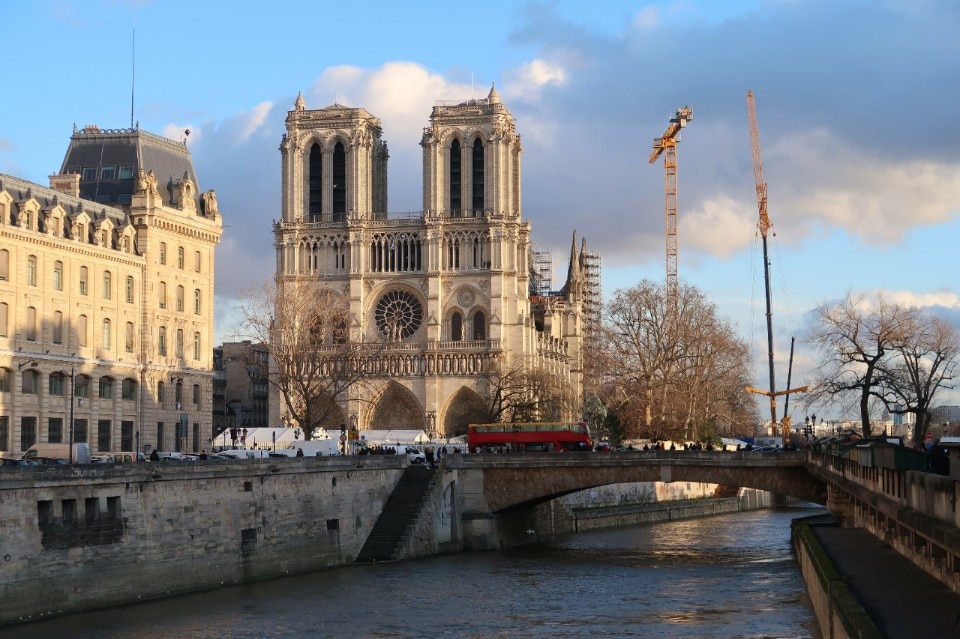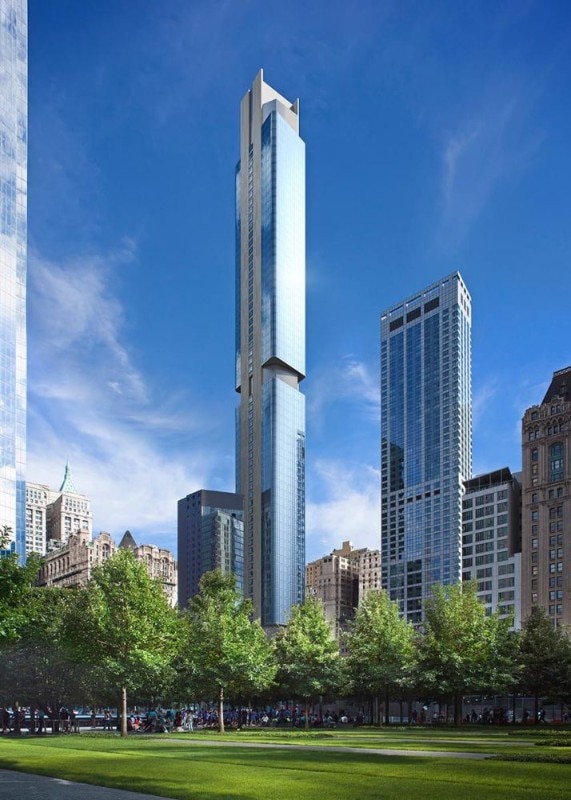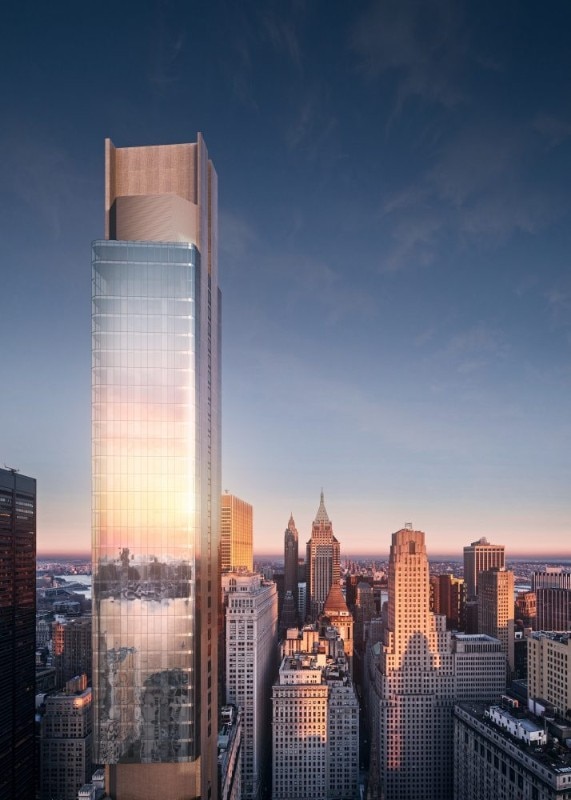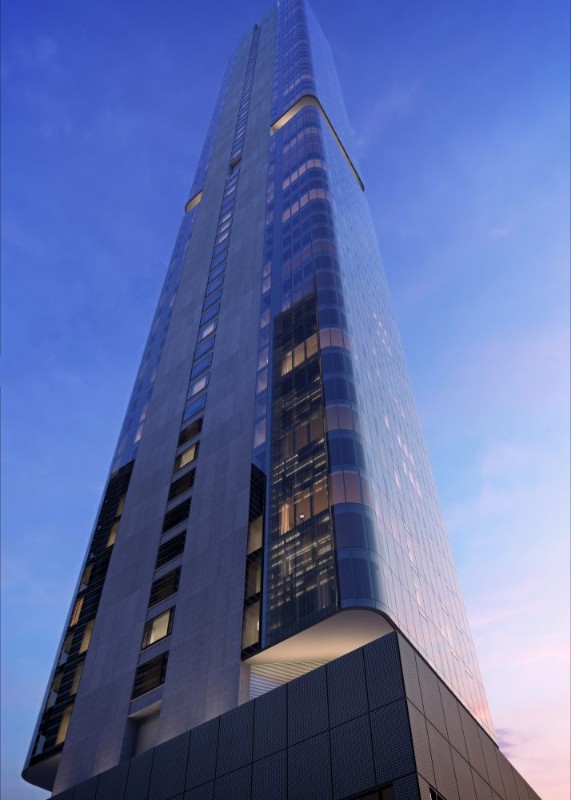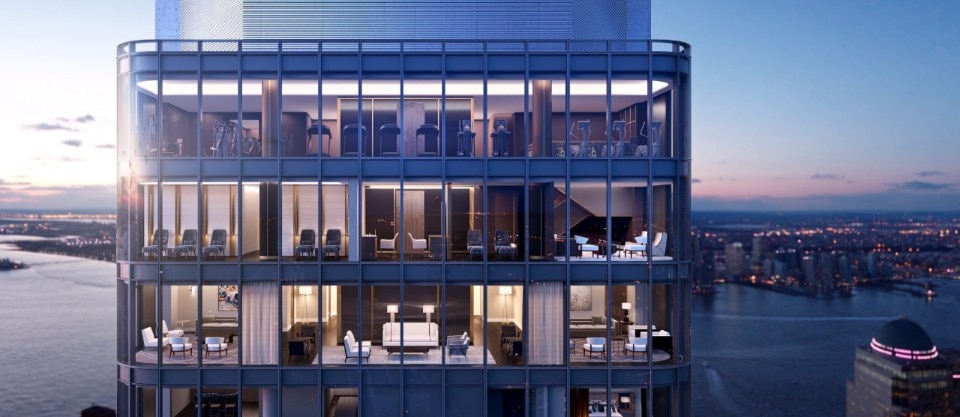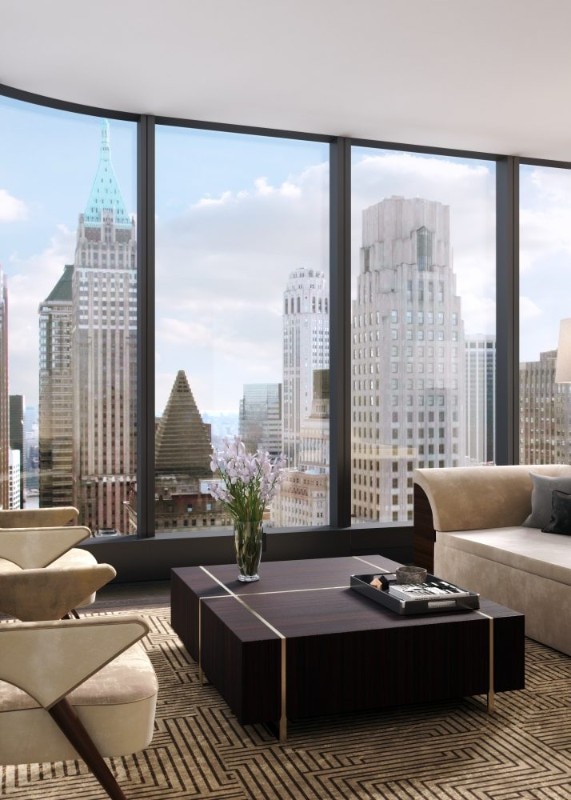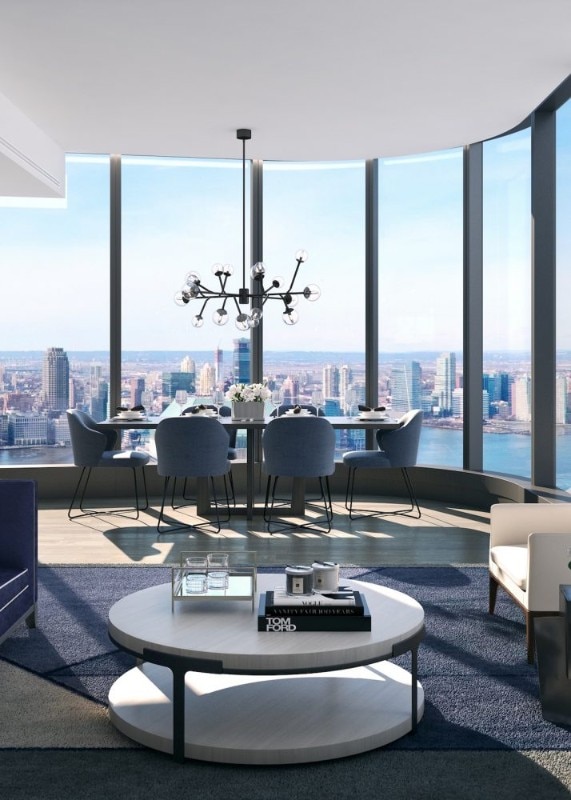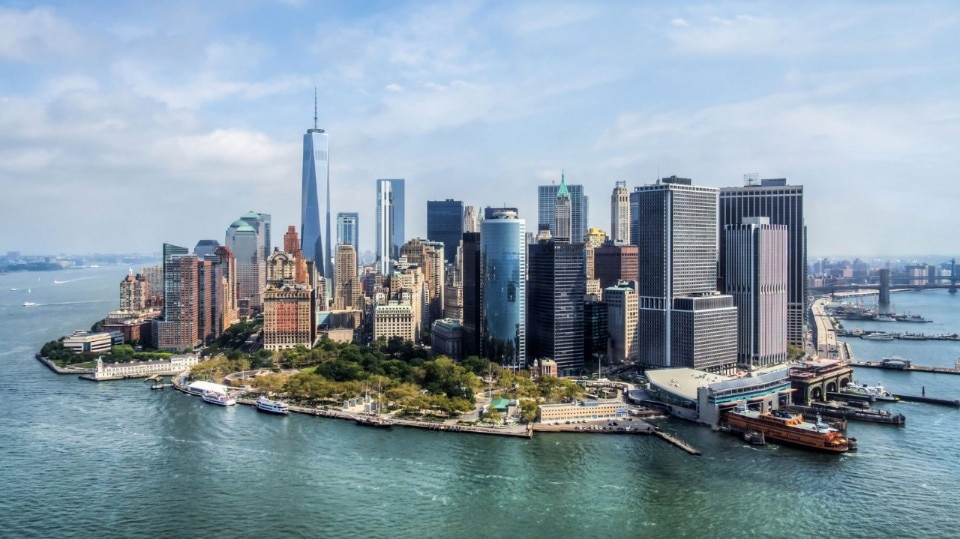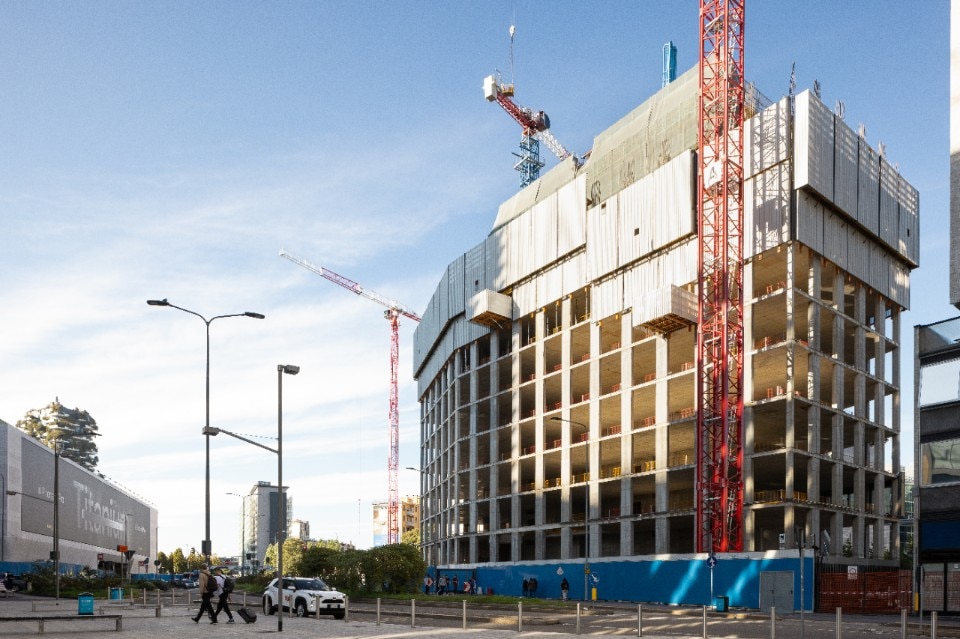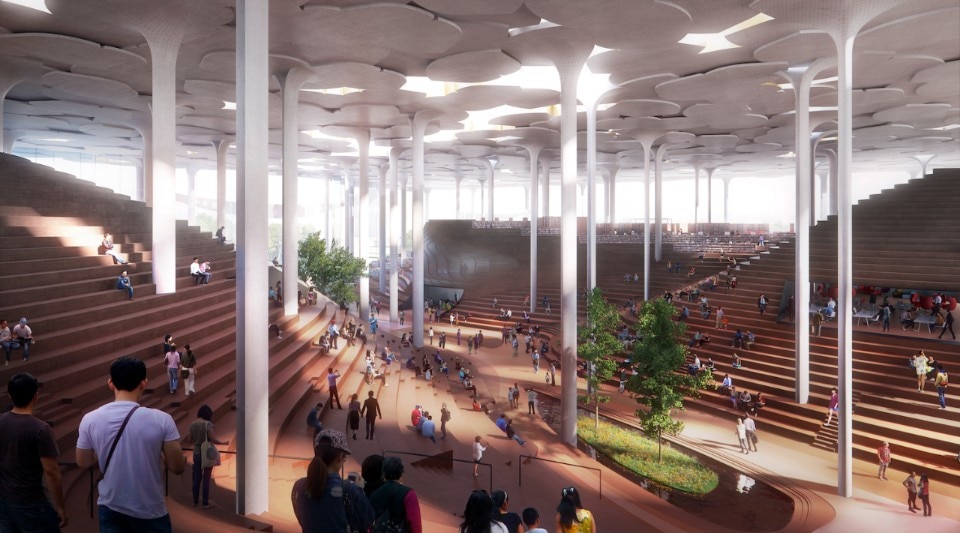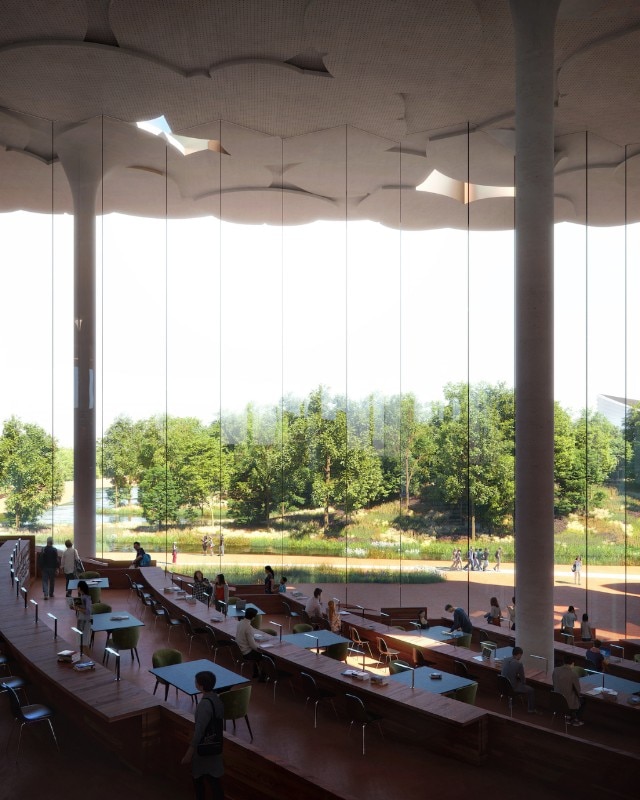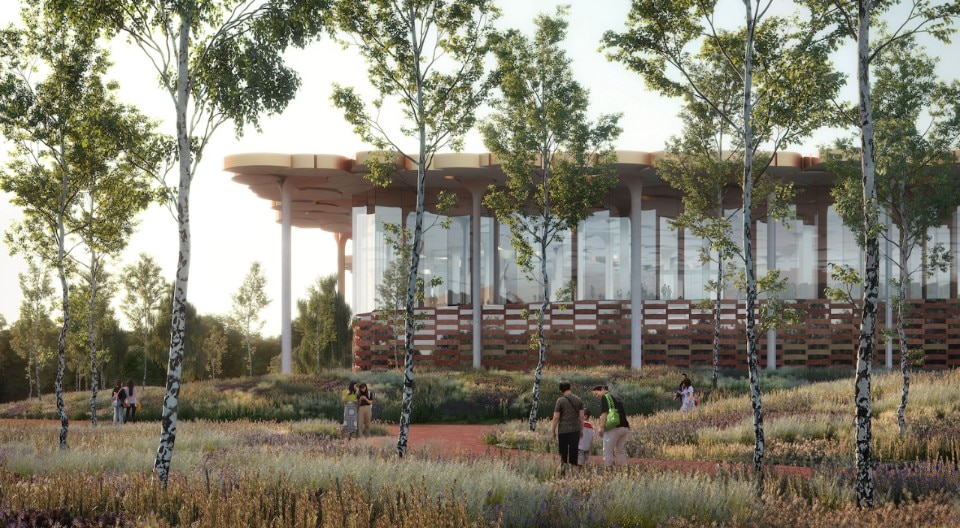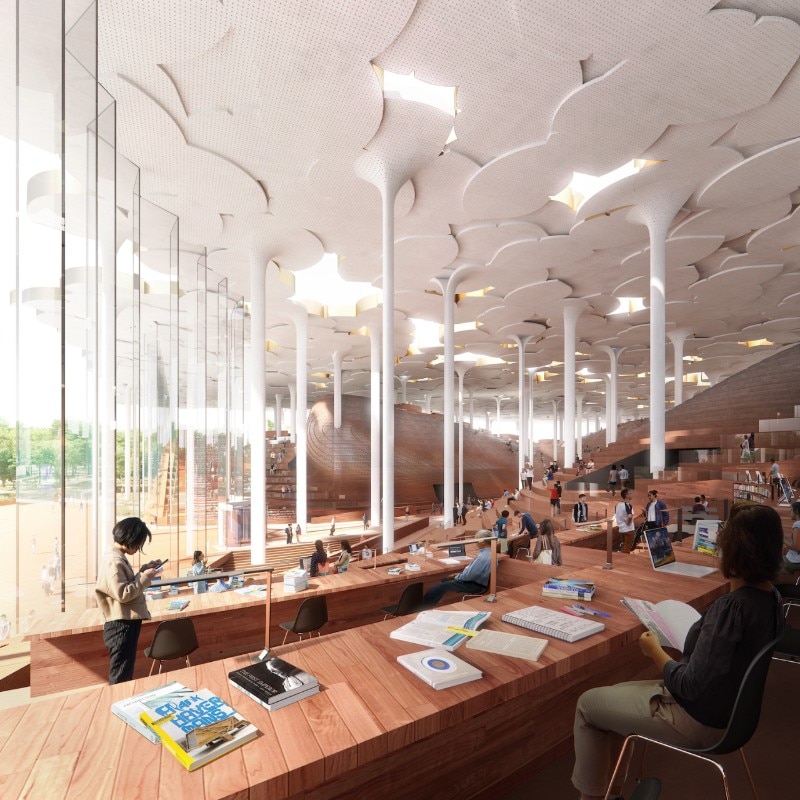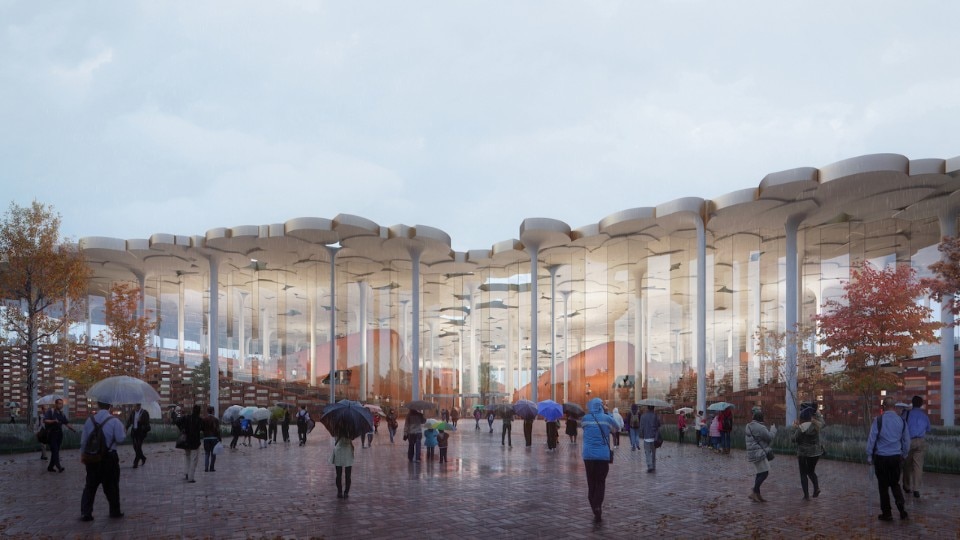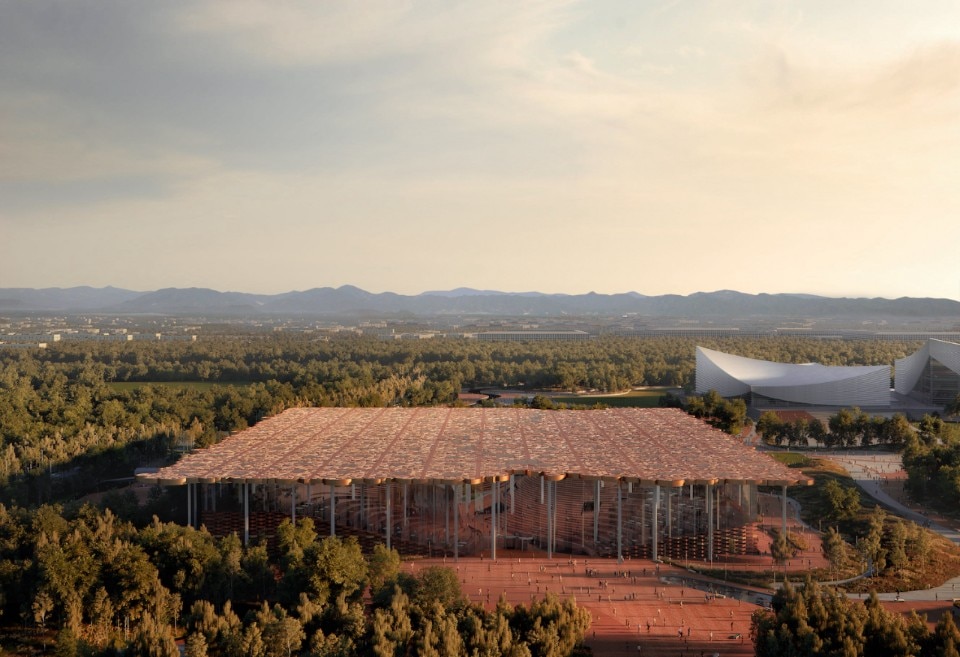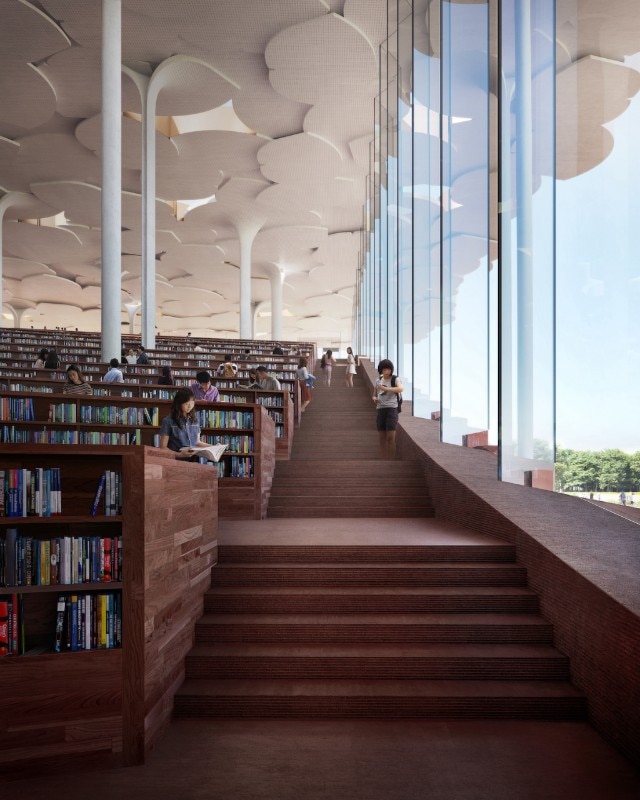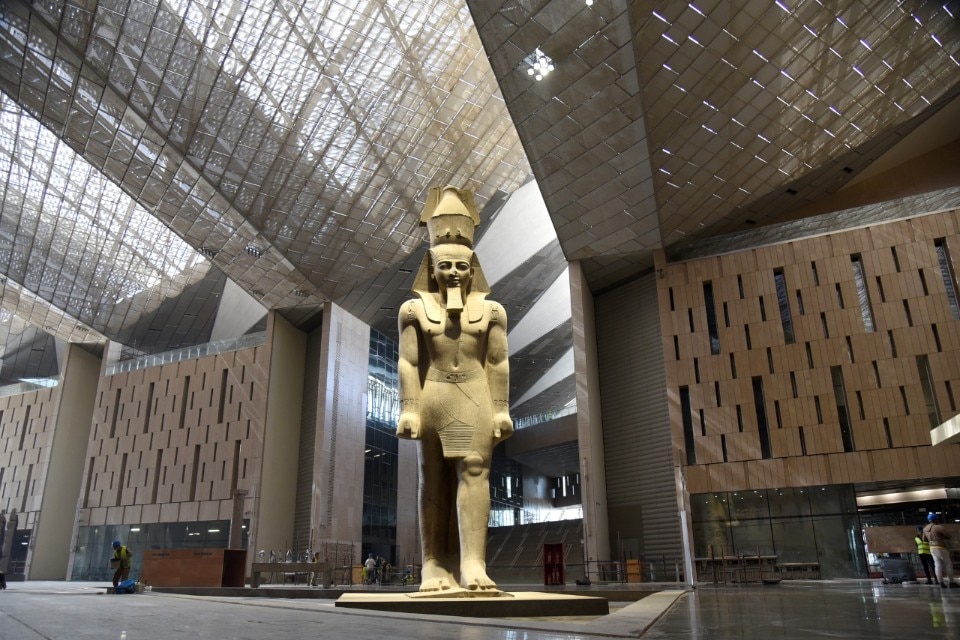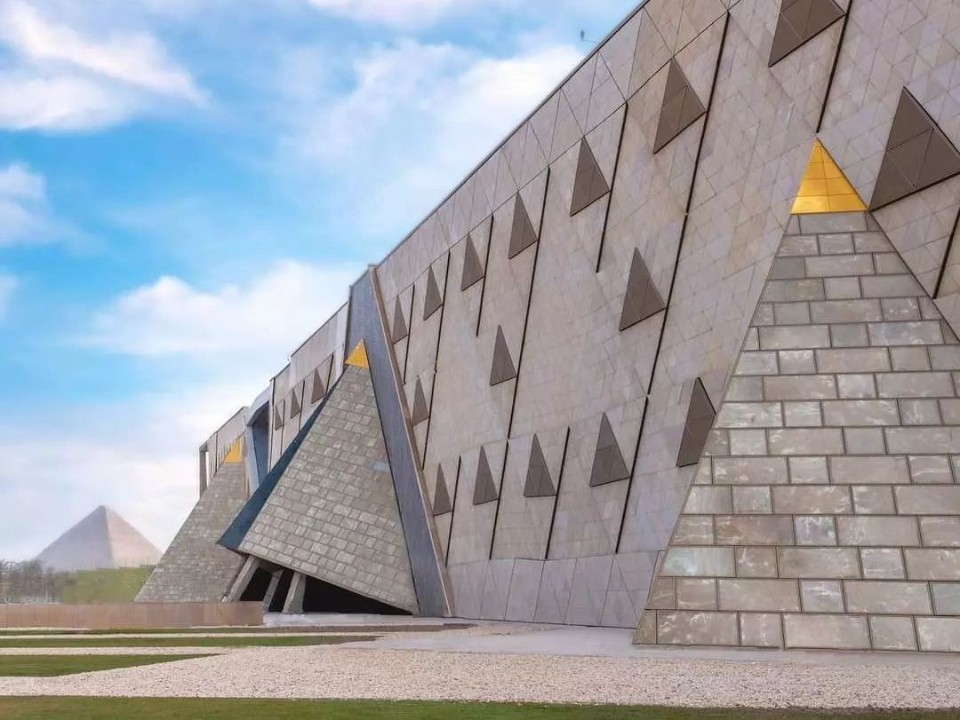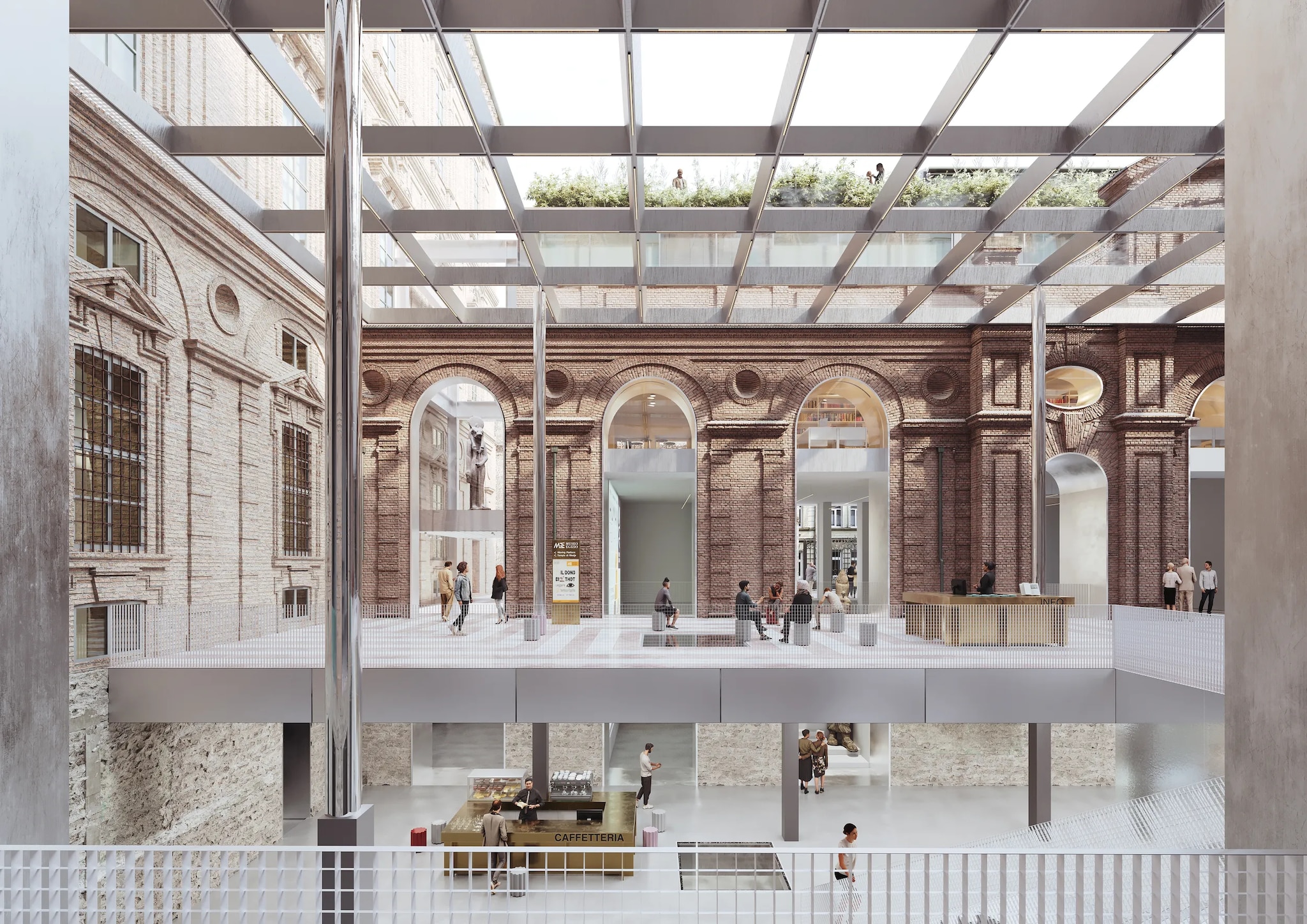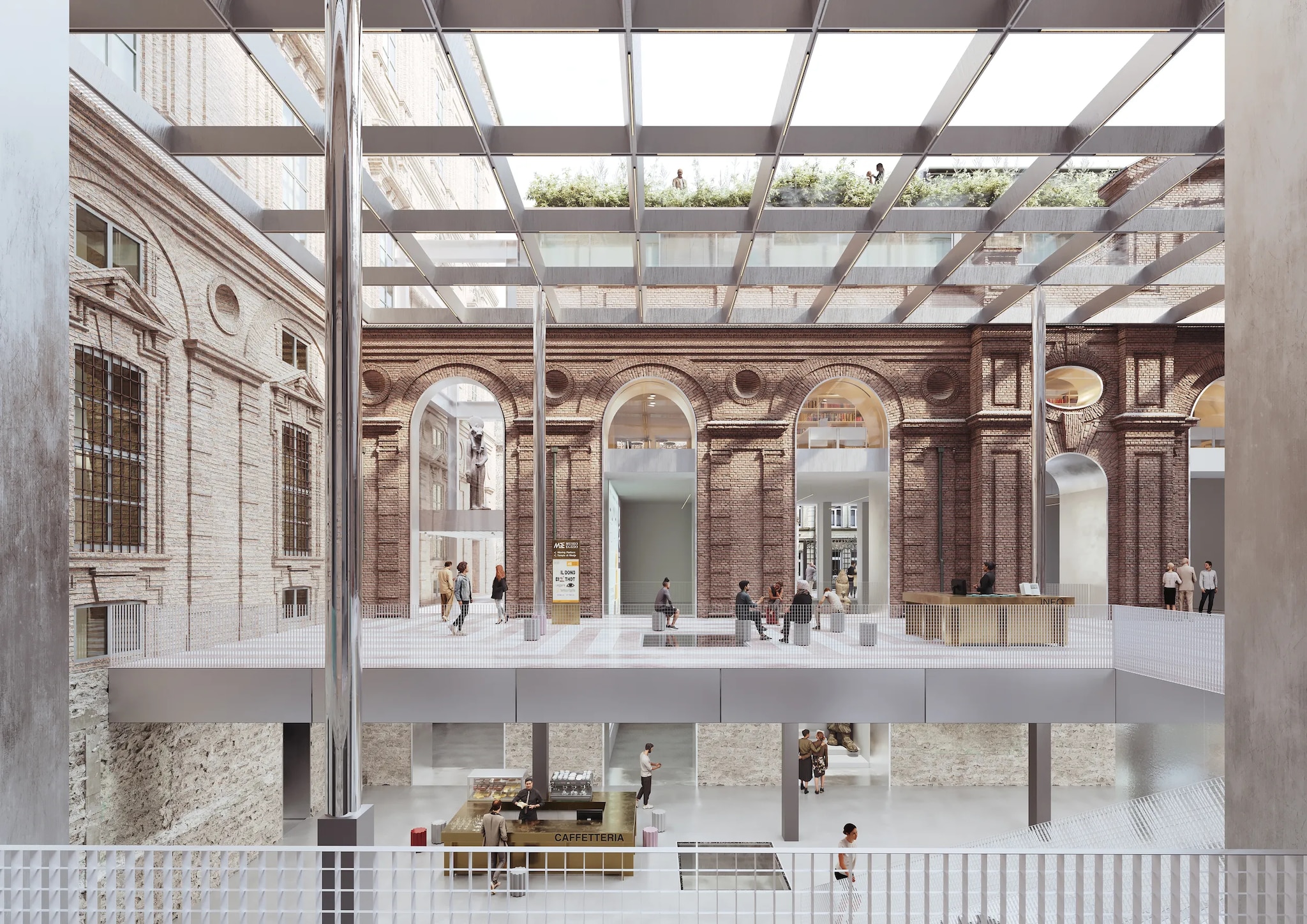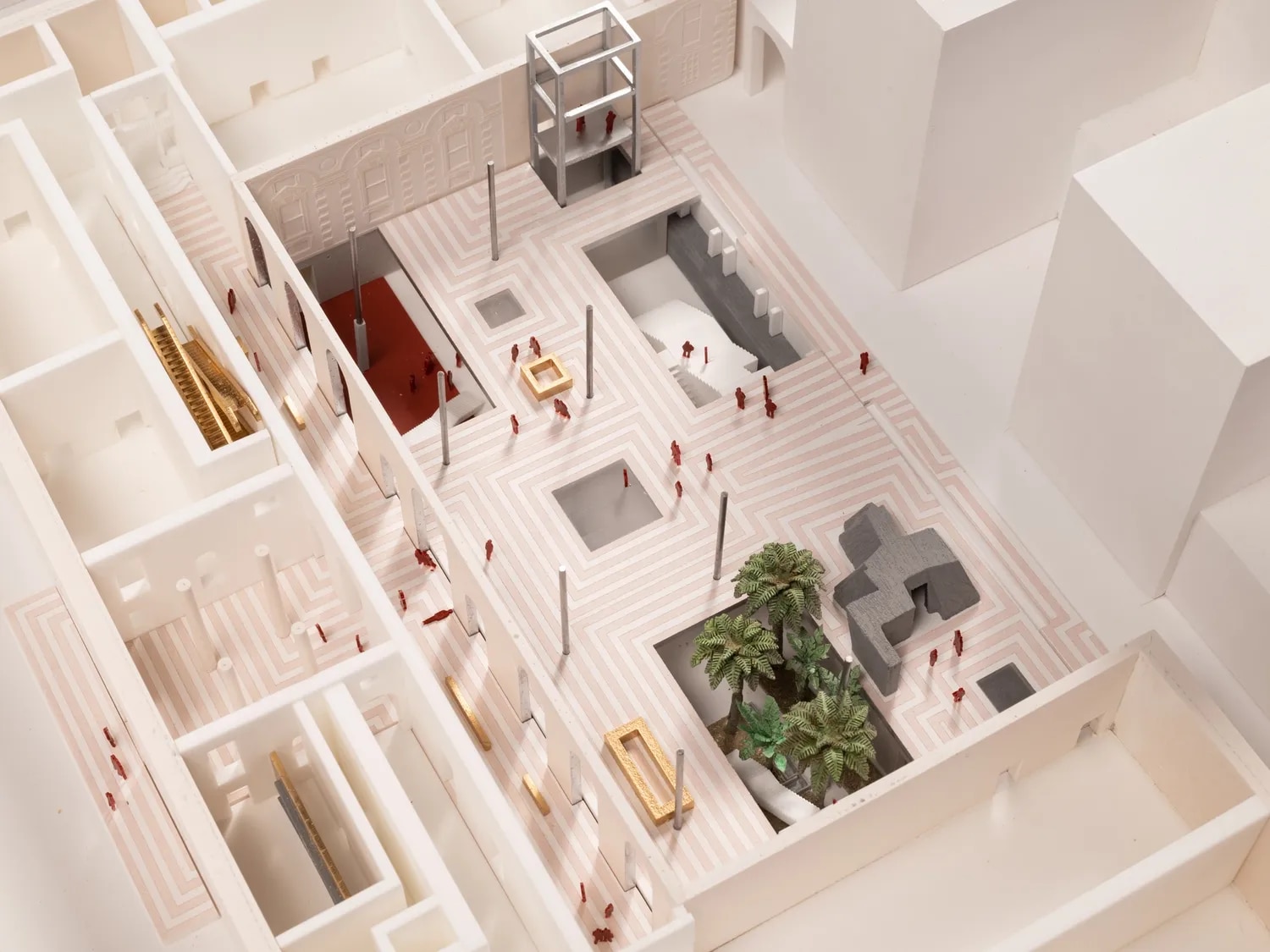by Alessandro Benetti
What’s in store for 2024? In the run-up to the new year, we have identified 12 almost completed projects, twelve ribbon cuttings that will take place, certainly or almost certainly, in the next 12 months. We have composed a catalogue of many new architectures but also of restorations and renovations, public spaces and infrastructures. We have explored cities in Italy, Europe and around the world. We have included in our selection some great classics from the “most-awaited” lists, hoping that this will be their last year in this category, and a few brand new additions. There is something for every taste and there some other proposal that will not please everyone, but it doesn’t matter: the list that follows is not a best of about what is to come, but a reasoned review of realizations varying in scale, aesthetics, approaches, location and overall quality, representative of the many directions of transformation of the planet’s built territories. We will check back in a year to see which predictions will have come true and which ones will have remained on paper.
1. Rafael Viñoly, “The Greenwich”, New York, USA
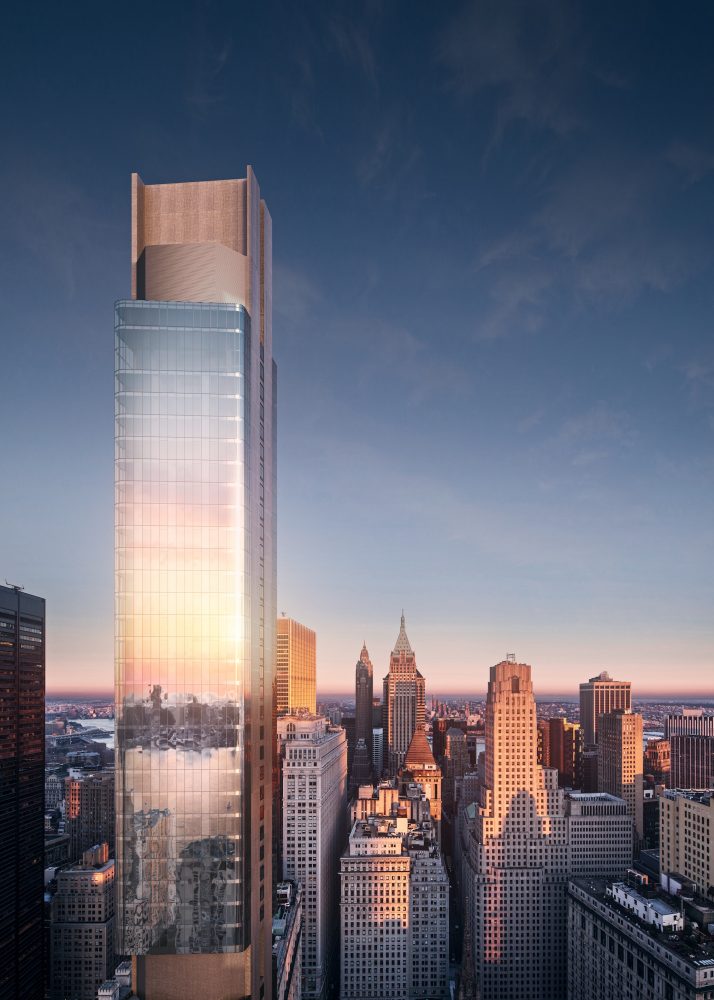
 View gallery
View gallery
The race for the sky continues in New York. The years 2010 and 2020 will be remembered in urban histories as a season of intense skyscraper construction in the American city, following the ornate pioneers of the early 20th century and their glazed heirs of the second half of the century. Among others, Rafael Viñoly (1944-2023), the Uruguayan architect naturalized in the United States, has also participated in this new boom. A few years ago he designed the very tall, very abstract and very thin ‘432 Park Avenue’ (2015). In 2024 ‘The Greenwich’, 87 storeys for 272 luxury flats in the heart of the financial district, will also be completed. With its predecessor it shares the program and slenderness, but opts for a curtain wall cladding, more transparent, enveloping and with rounded edges.
2. Restoration of Notre Dame, Paris, France
Paris’s Notre Dame cathedral could reopen in 2024. It burnt down during an ongoing construction site in 2019, quite unbelievably so, to the astonishment of French and worldwide public opinion. An affair with surreal contours, indeed, just as surreal as the confusion that followed on the methods and timing of the reconstruction: the international competition launched shortly after the fire, which had ignited the enthusiasm of architects and restorers interested in a critical debate on the subject, was abandoned after just under a year.
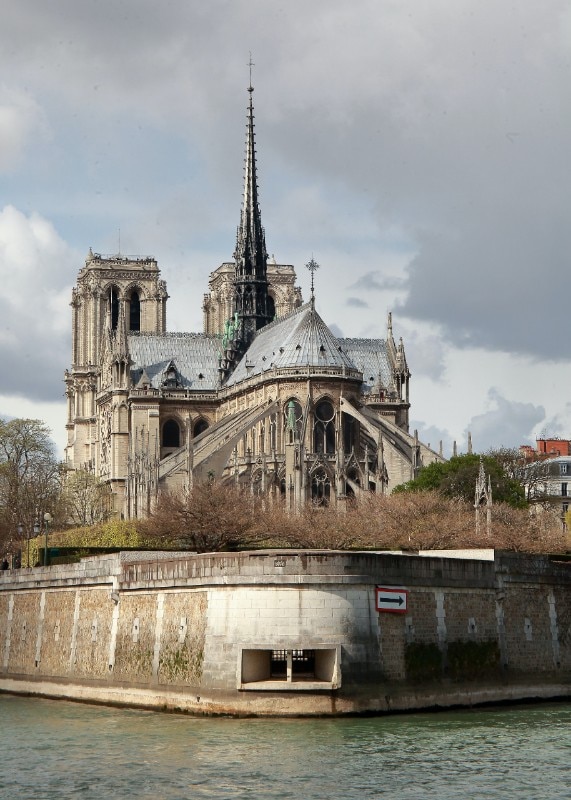
The government led by Emmanuel Macron then opted for the most conciliatory solution, a reconstruction based on the strictest criteria of ‘where it was as it was’ restitution. The exact copy of Viollet-le-Duc’s flèche is emerging from the scaffolding these very months, while the monumental oak roof trusses, also brand new, are being finished.
3. ACPV ARCHITECTS Antonio Citterio Patricia Viel, ‘I portali’, Milan, Italy
The Porta Nuova project, the most important urban operation of Milan in the 1910s, has recently been completed in its main parts with the completion of Mario Cucinella’s Unipol Tower. The surrounding neighborhoods, on the other hand, continue to transform and densify.
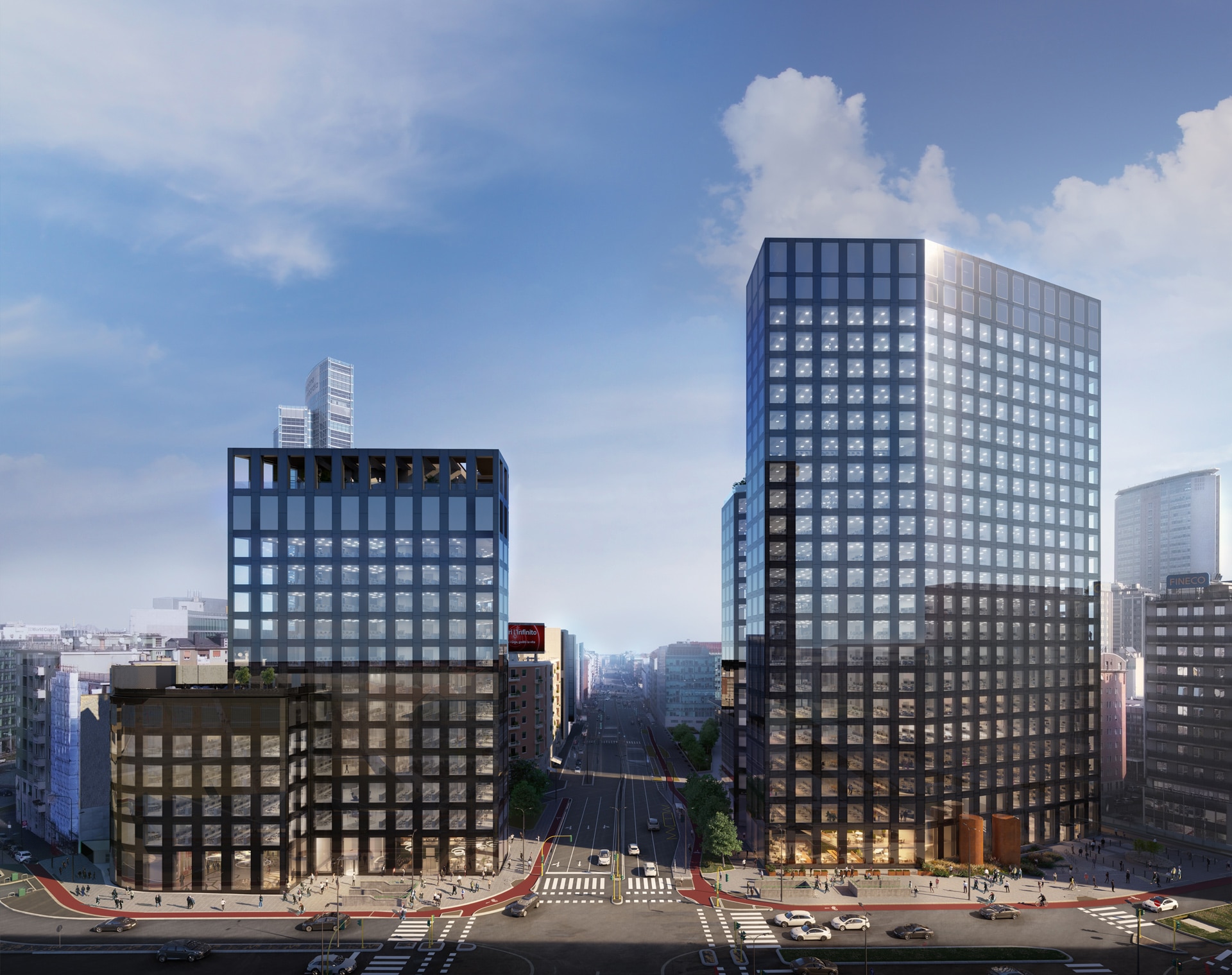
 View gallery
View gallery
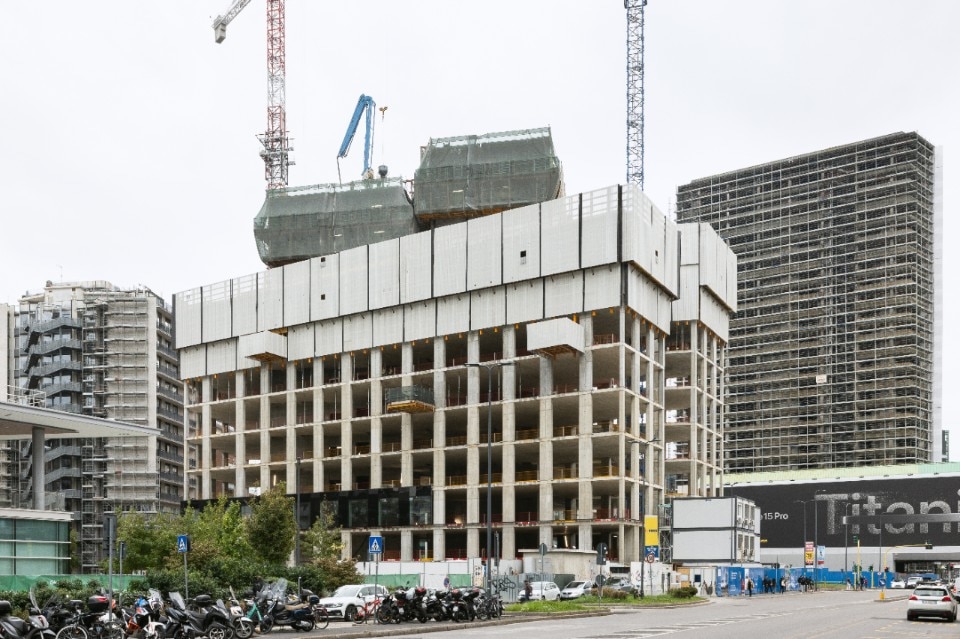
ACPV ARCHITECTS Antonio Citterio Patricia Viel, ‘I portali’, Milan, Italy
Photo © Gianluca Di Ioia
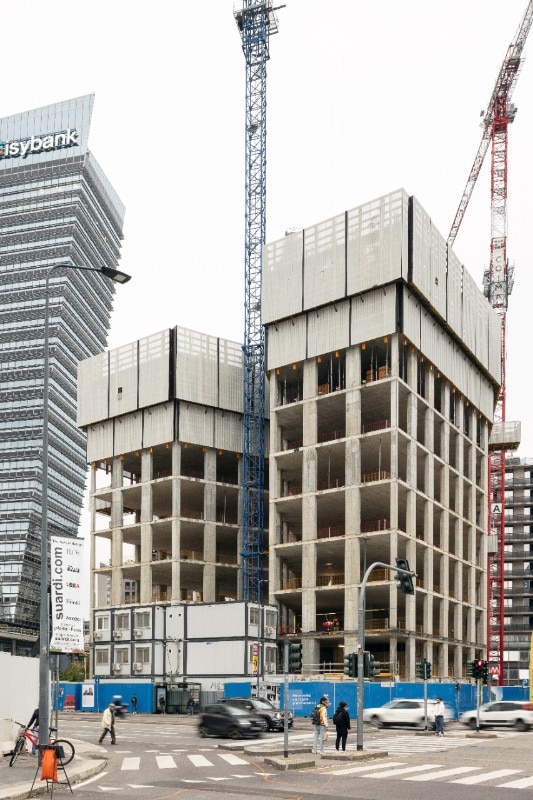
ACPV ARCHITECTS Antonio Citterio Patricia Viel, ‘I portali’, Milan, Italy
Photo © Gianluca Di Ioia
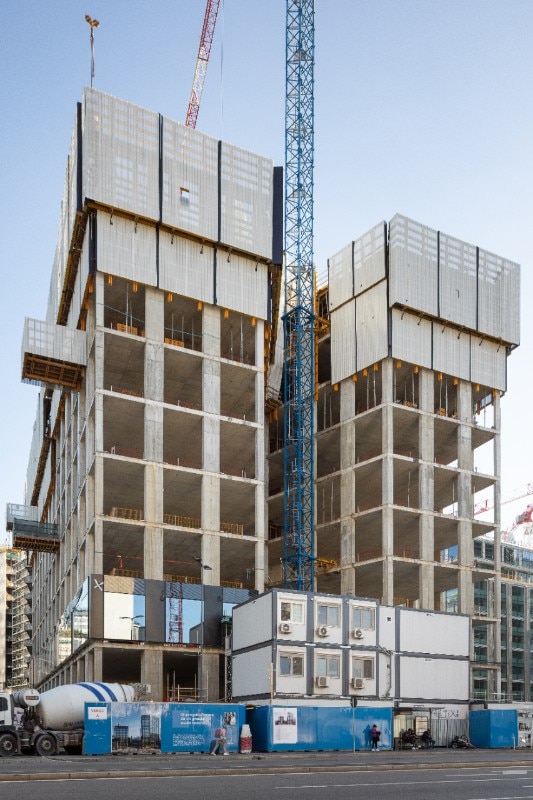
ACPV ARCHITECTS Antonio Citterio Patricia Viel, ‘I portali’, Milan, Italy
Photo © Gianluca Di Ioia
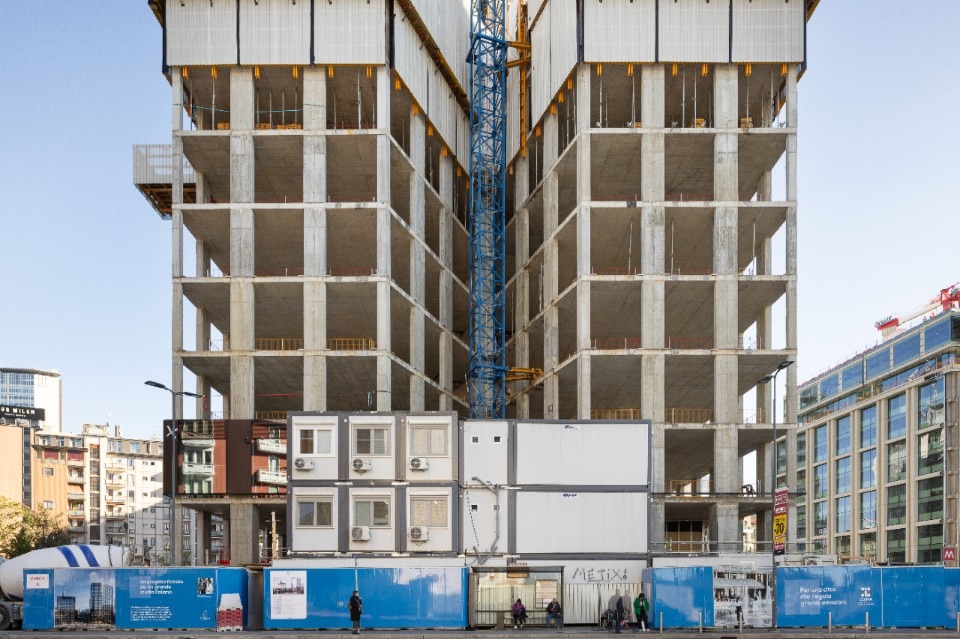
ACPV ARCHITECTS Antonio Citterio Patricia Viel, ‘I portali’, Milan, Italy
Photo © Gianluca Di Ioia

ACPV ARCHITECTS Antonio Citterio Patricia Viel, ‘I portali’, Milan, Italy
Photo © Gianluca Di Ioia

ACPV ARCHITECTS Antonio Citterio Patricia Viel, ‘I portali’, Milan, Italy
Photo © Gianluca Di Ioia

ACPV ARCHITECTS Antonio Citterio Patricia Viel, ‘I portali’, Milan, Italy
Photo © Gianluca Di Ioia

ACPV ARCHITECTS Antonio Citterio Patricia Viel, ‘I portali’, Milan, Italy
Photo © Gianluca Di Ioia
Growing rapidly, for example, are ‘The Portals’ designed by Antonio Citterio and Patricia Viel, two tall office buildings that face each other like asymmetrical propylaea at the entrance to the Via Melchiorre Gioia thoroughfare. Among the many important volumes in Italy’s largest financial downtown, ‘I portali’ stand out for the simplicity of their geometries, compact and without frills, and for the abstract language of their façades. All volumes are enveloped by the same regular grid of full-height square glass openings. The thick, burnished frames surrounding them are made entirely of photovoltaic cells, a solution never before seen in Milan.
4. Snøhetta, Beijing City Library, Beijing, China
In the wake of the public and critical success of the Oslo Opera House (2007), in recent years the Norwegian firm Snøhetta has specialized, among other things, in the construction of large-scale public buildings sharing a similar spatial concept. Both in its interiors and outside spaces, architecture is constructed first and foremost as an infrastructure, a free and continuous platform, more or less inclined, curved and detailed, supporting the life which takes place there.
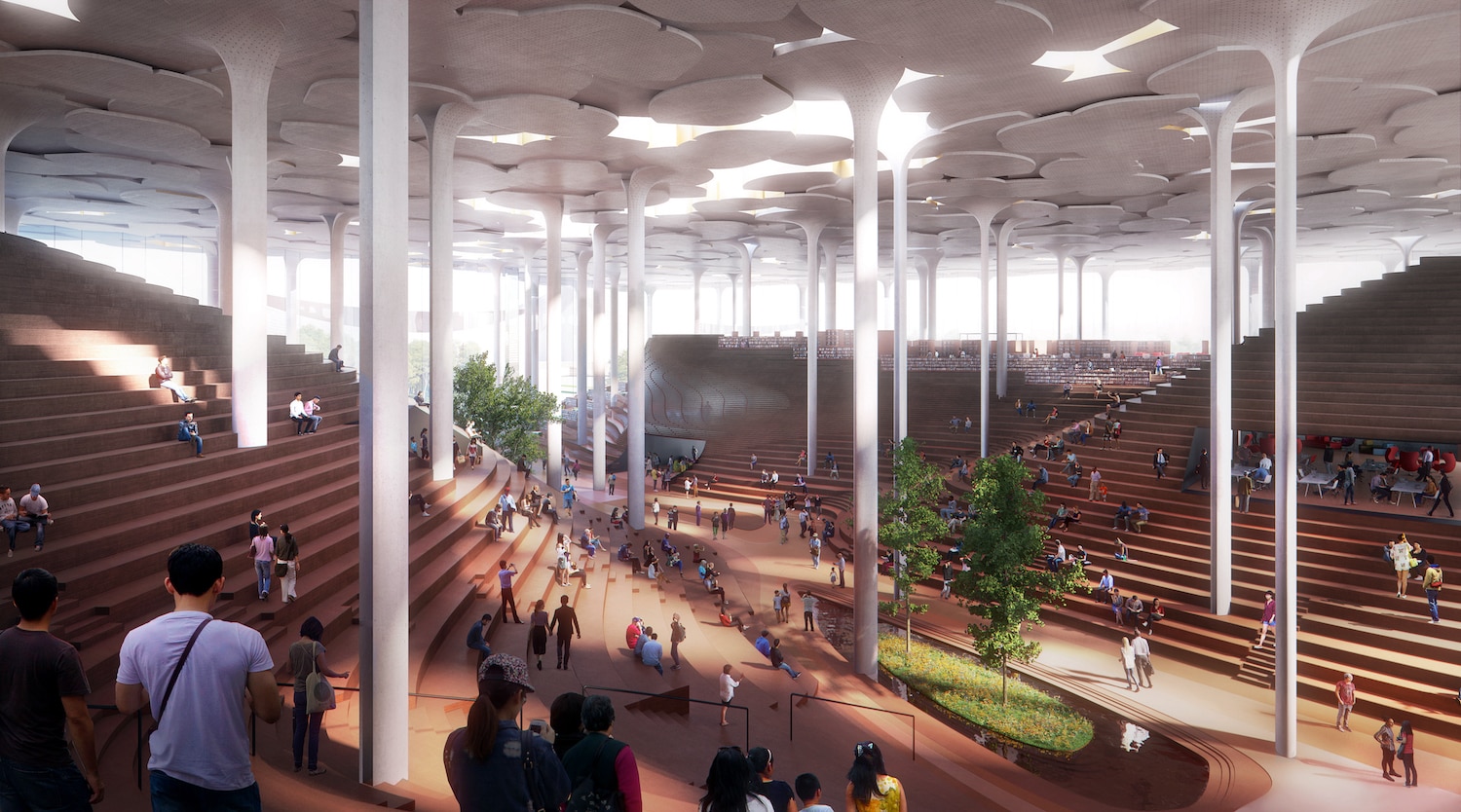
 View gallery
View gallery
The landscapes of these open spaces are punctuated by enclosed volumes, usually more precisely functionalized areas, and by furnishings of different nature and scale, arranged without contradicting its unitary character. Two major works under construction in China are variations of this model: the Shanghai Grand Opera House, for which we will have to wait until 2025, and the Beijing City Library, ready in 2024.
5. Heneghan Peng Architects, Grand Egyptian Museum, Cairo, Egypt
For many years now, all lists of the most eagerly awaited have had to mention, at least en passant, the Grand Egyptian Museum by Heneghan Peng Architects. Readers will excuse us if we qualify the long-awaited new archaeological museum in Cairo as a pharaonic work. Few adjectives are so apt for a project that with the passage of time appears increasingly unreasonable in terms of its cost – at least USD 1 billion spent so far.
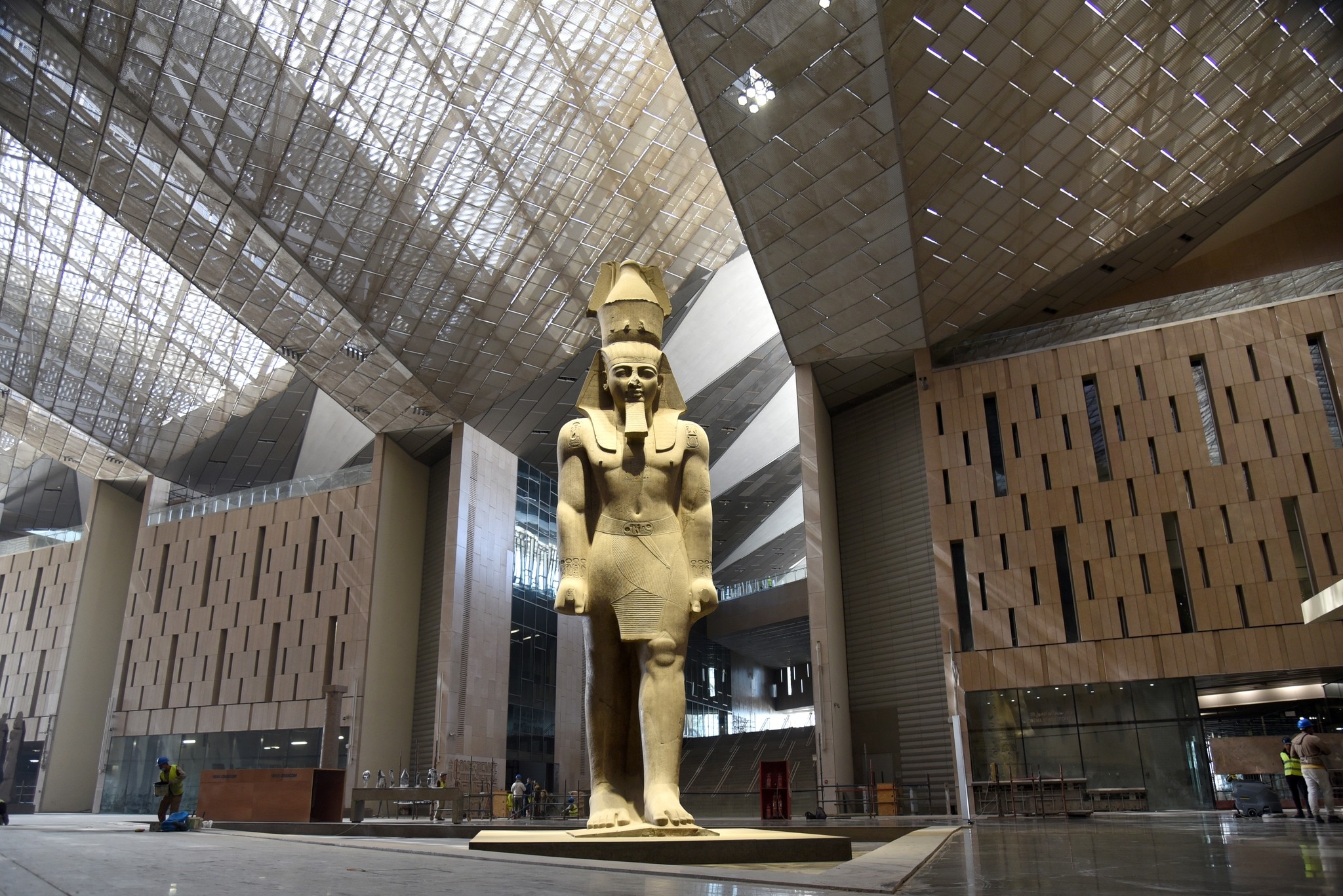
 View gallery
View gallery
It is also outdated for its scale – 24,000 sqm of exhibition space, the equivalent of four football pitches, but 100,000 sqm of project area – and altogether uninteresting in terms of its spatial and formal characteristics. Will it finally open in 2024 or will it remain a gigantic unfinished project forever? We will find out in the coming months. In the meantime, the official website is being cautious and proposes the vague indication ‘mid-2024’ as the date to mark on the calendar.
6. Dominique Perrault, Olympic Village, Paris, France
Paris is almost ready to host the 2024 Olympic Games. Some of the most ambitious infrastructure projects that were supposed to support the event are taking shape but are a little behind schedule: the truly capillary system of cycle paths strongly desired by the administration of the socialist mayor Anne Hidalgo, for example, and the Grand Paris Express transport network, which is multiplying metro and railway lines in the banlieue municipalities.

Dominique Perrault’s Olympic village, on the other hand, is almost complete, trying to correct many mistakes made in the past in the construction of neighborhoods of this type. Connection with the rest of the city, to avoid the enclave effect, and overall sustainability, to avoid waste, are the key themes of the project. The village is located 7 km from the center of Paris, it crosses the Seine and it extends in three different communes of the première couronne – Saint-Denis, Saint-Ouen and L’Île-Saint-Denis. Its buildings make extensive use of natural building materials, especially wood, and after the event will be converted into residences, offices and other permanent functions.
7. TVK and IT’S, Redevelopment of Piazza dei Cinquecento, Rome, Italy
The redevelopment of Piazza dei Cinquecento, the public space that faces the monumental façade of Rome’s Termini station, has not had an easy life but is finally coming to fruition. This is today a shapeless widening, difficult to cross, at the same time a slip road, a bus station and a more or less illegal car park.
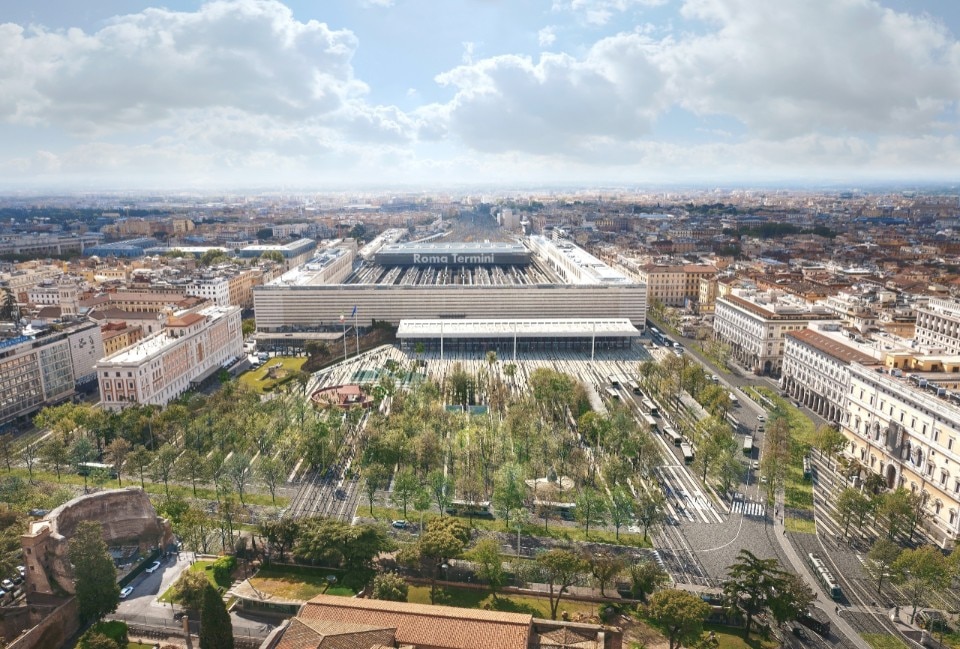
The project by TVK, a Parisian studio already known for its highly praised intervention on the Place de la République (2013), and IT’S, based in Rome, transforms the square from a waste area into a new center between the buildings from different eras that surround it: the fragment of the Servian wall, the ancient Baths of Diocletian and the entrance hall of the modernist station, of which it wants to be the open-air continuation. The reorganization of traffic flows and parking spaces will allow the creation of a large pedestrian area, paved in stone, extensively planted and ideally extending to the nearby Piazza della Repubblica. The goal is to complete construction by 2024, just before the quarter-century Jubilee.
8. Plasma Studio, MMM Roca, Dolomites, Italy
The 30-year expansion of the MMM - Messner Mountain Museum, a circuit of small exhibition spaces built on Reinhold Messner’s initiative in the Italian Alps, will end in 2024. In 2015, the MMM Corones in Plan de Corones, South Tyrol make the headlines. The parametric-designed architecture by Zaha Hadid was inserted into the slope and looked towards the landscape with three large glass telescopes oriented in different directions.
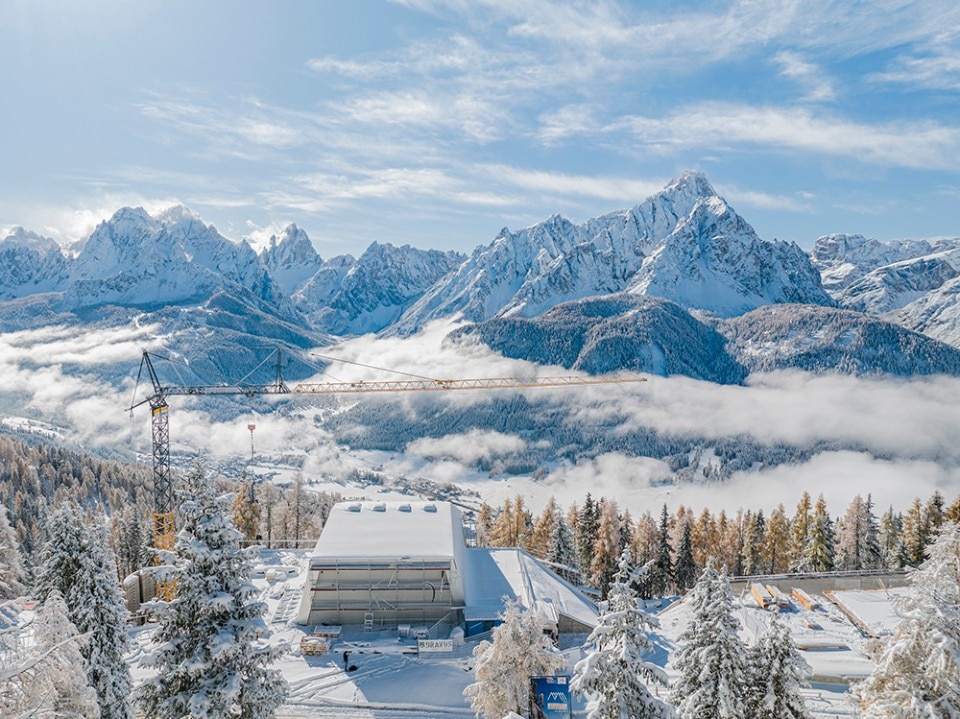
The MMM Roca on Monte Elmo, in Sesto Pusteria, will be the sixth and final piece of this diffuse museum dedicated to the mountain’s environment and culture. It is designed by the local firm Plasma Studio, led by architect Ulla Hell, according to more contemporary principles of upcycling and sustainability. The headquarters of the MMM will be located inside the arrival station of an old, now disused cable car, which will be updated in terms of energy, redesigned in the organization of its interior spaces and enriched with a panoramic glass wall.
9. Lemay, Bisson Fortin and Perkins+Will, REM - Réseau Express Métropolitain, Montreal, Canada
After decades of heated debates, plans that remained on paper, and last-minute downsizing, Montreal’s Réseau Express Métropolitain (REM, literally fast metropolitan network) opened its first stops to the public in 2023. The remaining and most conspicuous part of the route will come into operation during 2024, connecting with 26 stops and 67 km of track the south bank of the St. Lawrence to the city center, the airport and the western suburbs.
The Canadian city will thus have at its disposal the most extensive automated public transport system in North America. Local firm Lemay Bisson Fortin, together with Perkins+Will, designed the stations with a design that, while not particularly original, is nevertheless dry, elegant, and bright. Despite some undeniable limitations - many have criticized its outdated ‘heavy’ railway conception – the REM is an important step forward for flow management in the Montreal metropolitan area and, potentially, an example for other North American cities similar in scale and urban morphology to follow.
10. OMA, Egyptian Museum, Turin, Italy
Many museum spaces in the 21st century, whether renovated or built from scratch, share the same twofold tension. On the one hand, they must necessarily configure themselves as precisely delimited places, because they are only accessible to a paying public, with a controlled atmosphere, for the needs of conservation of works, and guarded, to avoid damage and theft to works. At the same time, they aspire to dialogue with the cities that host them and to configure themselves as public spaces in their own right. The renovation of the Egyptian Museum in Turin, designed by OMA following the international competition launched by the Compagnia di San Paolo Foundation in 2022, also seeks a balance between these apparently opposing needs.
Among the many planned interventions, the most impactful is the covering of the inner courtyard of the ancient Collegio dei Nobili, the museum’s headquarters, and its transformation into a multifunctional space with free access. In the intentions of the commissioners and planners, this courtyard will become Turin’s new Egyptian square and will exist in continuity with the nearby squares Carignano and San Carlo. It is scheduled to open in 2024, coinciding with the museum’s bicentenary.
11. Sou Fujimoto Architects, Hida Takayama University, Hida City, Japan
The Hida Takayama University building in Japan’s Gifu Prefecture will open its doors in April 2024. It is the first university building designed by Sou Fujimoto and is first described as a large, concave, sloping surface. Seen from above, it is an accessible platform that provides a resting and meeting place for students, professors and university staff, as well as for the local community of this depopulating rural region.
The university rooms are arranged below this undulating roof, bordered by glass walls punctuated by the wooden pillars that support it. As in many contemporary university buildings, in the Hida Takayama University the boundaries between spaces dedicated to work, study, gathering and the flow of people blur, as do those between interior and exterior, architecture and landscape.
12. Renovation of Alvar Aalto, Finlandia Hall, Helsinki, Finland
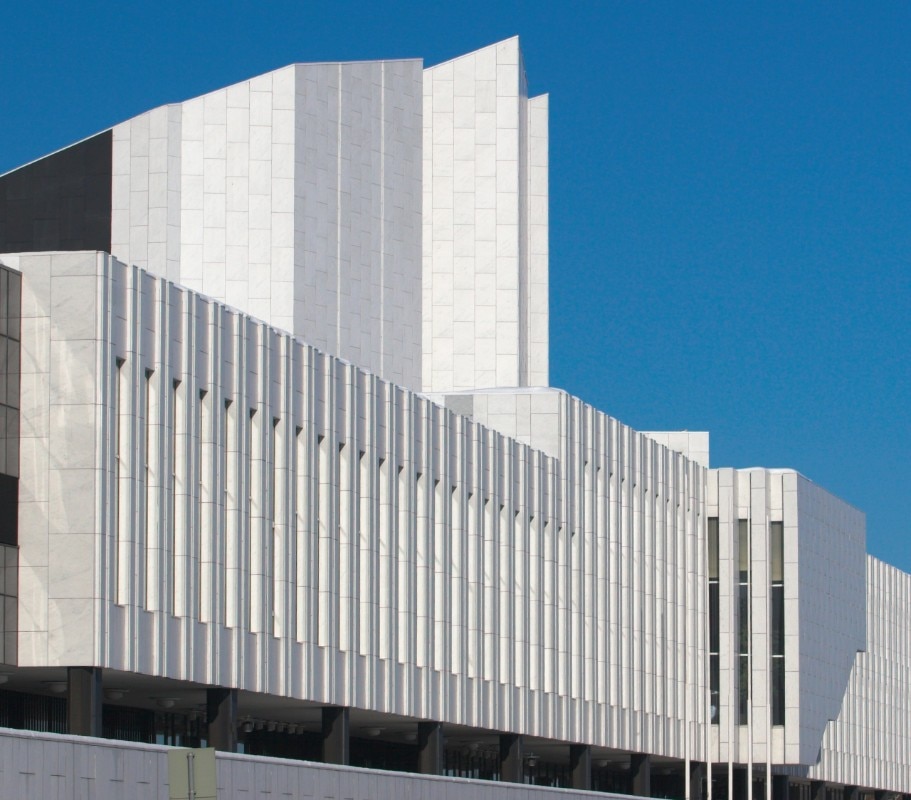
The Finlandia Hall in Helsinki (1967-1971), a monumental conference center with sculptural volumes, is a project from the final phase of Alvar Aalto’s career, the only realized fragment of his larger urban development plans for the districts north of the Finnish capital’s central station. Since 2022, it has been closed to the public and undergone a complex restoration and renovation, including the replacement of its precious Carrara marble slab cladding, which has been severely tested by the local climate. It is actually scheduled to reopen in January 2025, but we can expect that as early as late 2024 the building will begin to re-emerge from its scaffolding. We are impatiently waiting to assess the results of this ambitious restoration of an icon of modern Nordic architecture.
Opening image: Notre Dame, photo UlyssePixel


